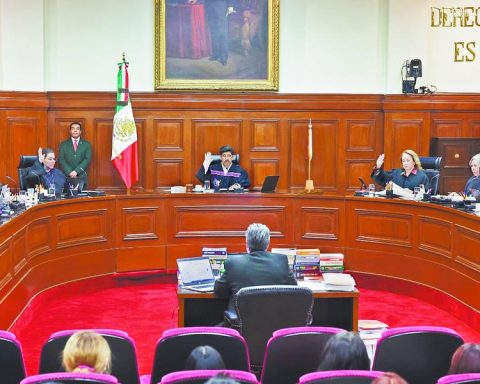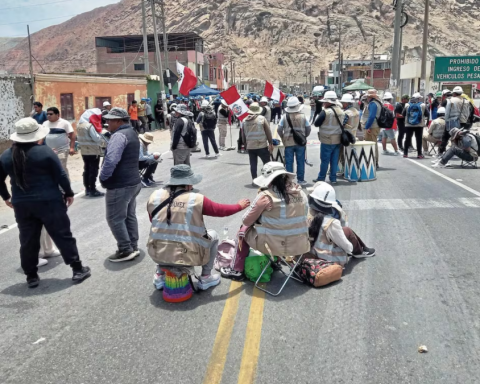North America and much of South America will be able to admire an “almost total” lunar eclipse from Thursday to Friday, the longest of its kind since 1440.
The eclipse, whose strongest phase will darken 99.1% of the Moon’s visible surface (09:03 GMT on Friday), will also be visible from parts of Northeast Asia, Polynesia and eastern Australia, but not from Europe or Africa, said the US space agency NASA on its website dedicated to the Earth satellite.
This phenomenon will begin at 07:19 GMT when the moon enters the Earth’s shadow.
For ground-based observers, the lunar disk will appear to be slowly nibbled.
A lunar eclipse occurs when the Sun, Earth, and Moon are aligned.
Our natural satellite is in the shadow of the Earth, which hides it from view. If the alignment is not perfect, the eclipse is not total.
The eclipse of November 19 may be only partial, it will have a total duration of 3 hours, 28 minutes and 23 seconds and will be the longest since that of February 18, 1440, which had lasted 23 seconds longer.
At 0845 GMT, more than 95% of the lunar disk will be in shadow and the moon will turn a reddish hue as the Earth’s atmosphere deflects the red rays of sunlight into its shadow cone.
This phenomenon will be most visible during the peak of the eclipse, at 09:03 GMT.
At 10:47 GMT, the moon will be fully visible again.
According to NASA, it will be necessary to wait until February 8, 2669 to witness a partial eclipse of longer duration (3 hours 30 minutes) than that of Friday, but a total eclipse is expected in less than a year, on November 8, 2022. , which will last 3 hours 40 minutes.
The spectacle can be seen with the naked eye without any danger, unlike solar eclipses.
Binoculars, glasses and telescopes will allow you to enjoy it even more, as long as the sky is clear enough.











